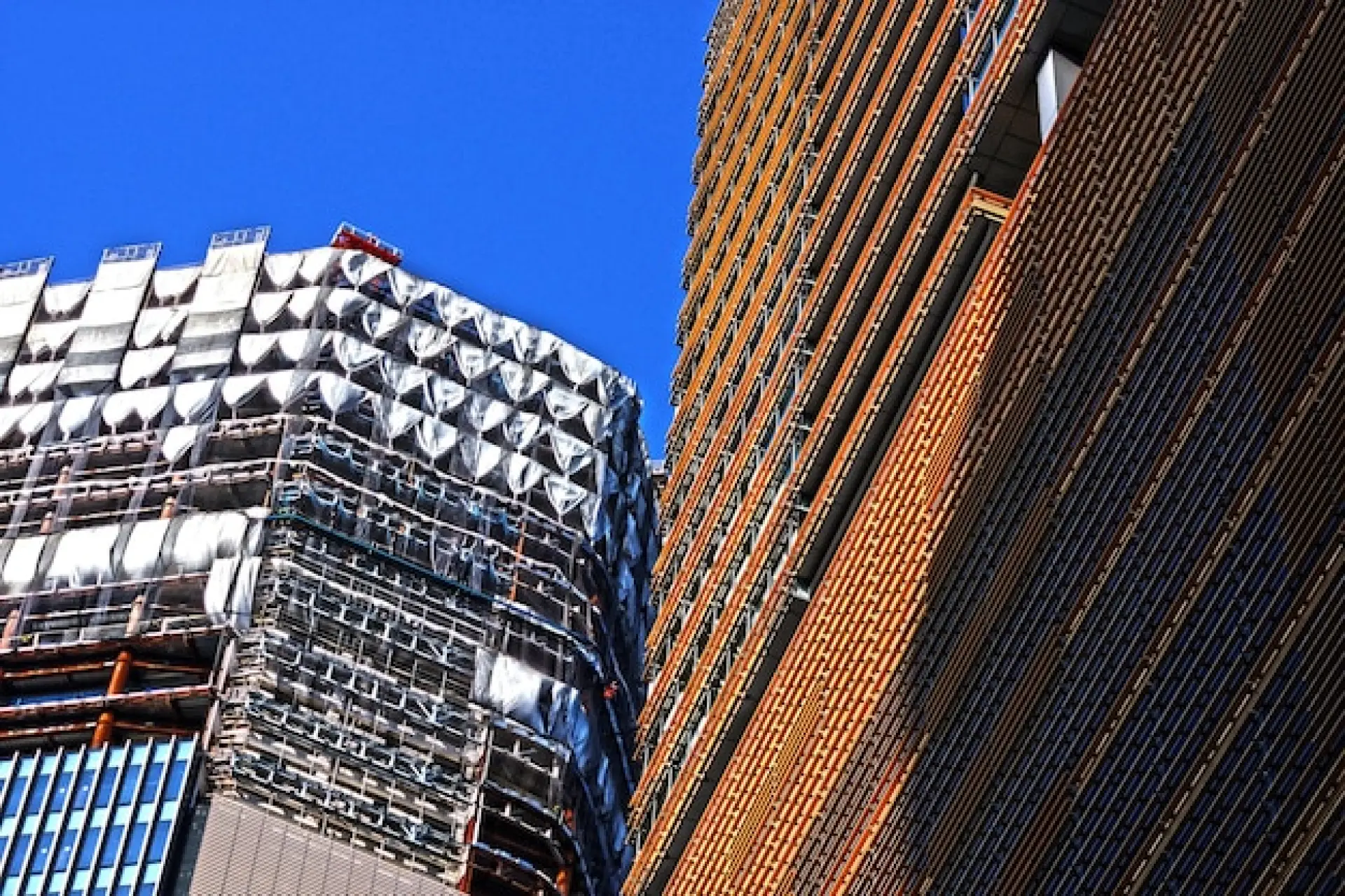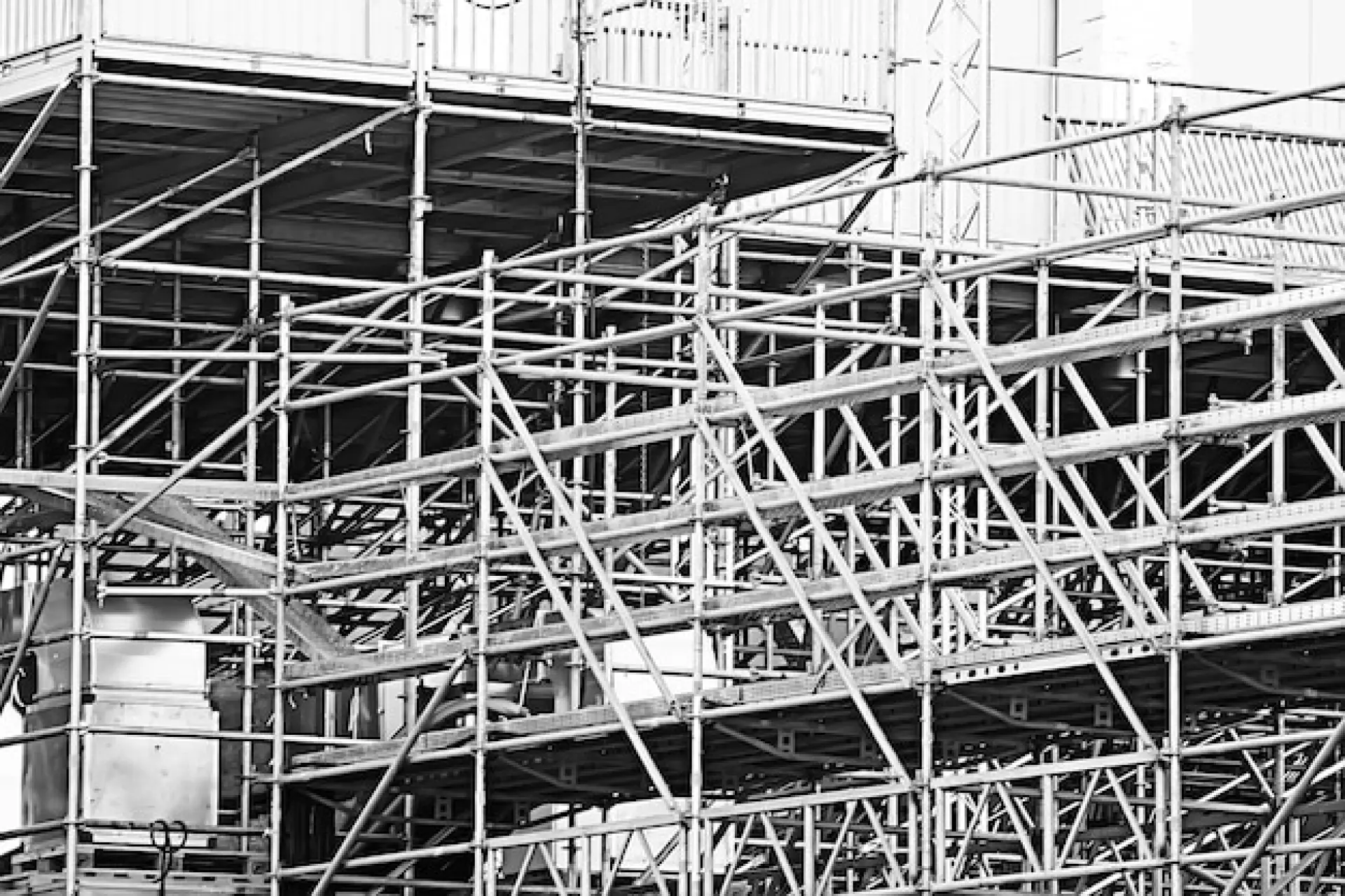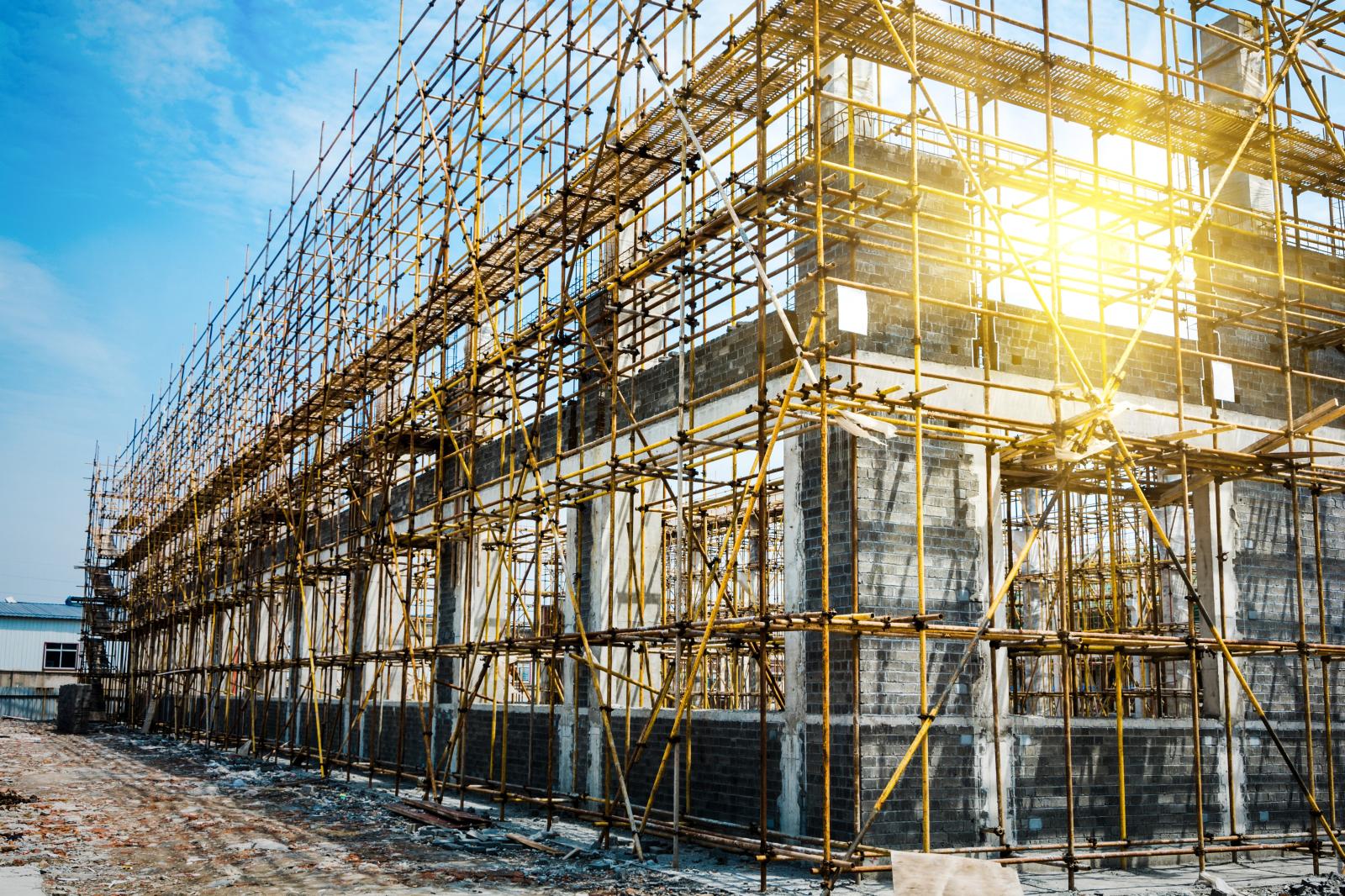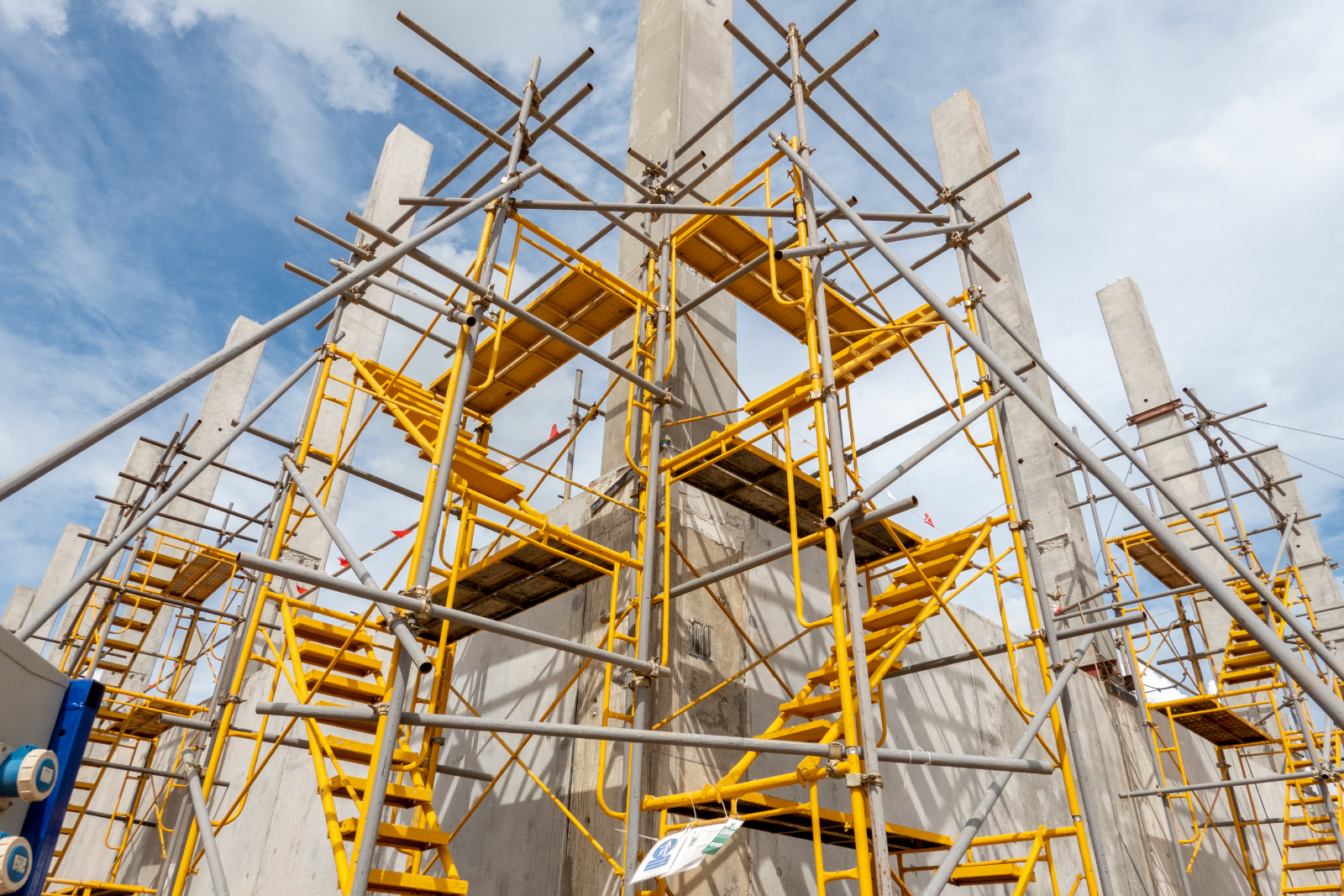Discover the different types of commercial scaffolding: the key to a safe and efficient UK construction project. Learn about supported, suspended and cantilever scaffolding today.
Why Scaffolding Is Essential for Commercial Projects
Scaffolding is a vital part of commercial construction, providing a safe and stable platform for workers to carry out tasks at height. Whether for high-rise developments, office buildings, or retail structures, scaffolding supports efficiency and safety. It allows workers to access difficult areas, transport materials easily, and complete tasks with precision. Using the right type of scaffolding reduces the risk of falls and injuries while ensuring compliance with safety regulations.
It also improves productivity by creating a structured working environment. Without scaffolding, many construction and maintenance tasks would be challenging or impossible. Choosing the correct scaffolding type depends on project requirements, site conditions, and the level of support needed for workers and materials.
Supported Scaffolding: The Most Common Type
Supported scaffolding is the most widely used type in commercial construction. It consists of metal tubes or wooden poles that are secured to the ground, creating a stable framework for workers and materials. This type is commonly used for multi-storey buildings, renovations, and large-scale commercial projects.
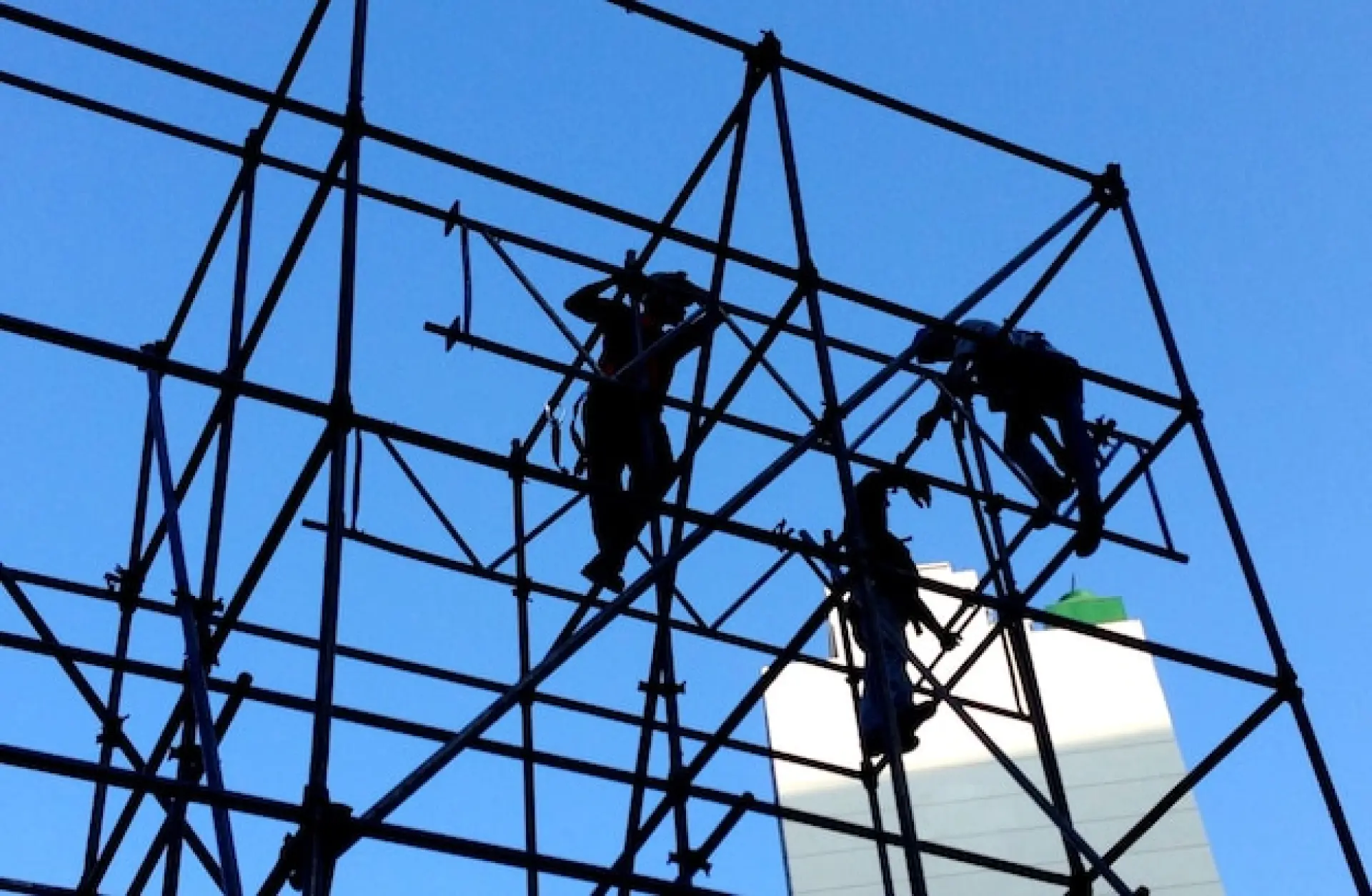
The structure includes vertical posts, horizontal ledgers, and platforms that allow workers to move safely. Additional stabilisers, such as braces and ties, are often used to reinforce the system.
Supported scaffolding is preferred for its versatility, strength, and ease of assembly. It can be adjusted to different heights, making it suitable for various project needs. Regular safety inspections ensure the structure remains secure throughout construction.
Another key benefit of supported scaffolding is its adaptability for different working conditions. It can be extended with additional sections to accommodate larger projects or reinforced with extra bracing for added stability in high-wind areas. Workers can also integrate features such as staircases or ladders to improve accessibility between levels.
Suspended Scaffolding: Working at Height with Safety
Suspended scaffolding is used when it is impractical to build from the ground. This system is typically secured by ropes or chains attached to a roof or an overhead structure. It is commonly seen in window cleaning, building maintenance, and facade repairs for high-rise commercial properties.
This type of scaffolding provides flexibility and allows workers to move up and down as needed. Platforms can be adjusted to different heights, offering direct access to specific areas of a building. Safety measures, such as guardrails and harnesses, are essential when using suspended scaffolding. Regular checks are required to ensure the lifting mechanisms remain functional and secure throughout use.
Cantilever Scaffolding: When Ground Support Isn’t Possible
Cantilever scaffolding is used in situations where traditional ground support is not feasible. Instead of resting on the ground, this type is supported by a series of beams extending from a secure structure. It is ideal for buildings with obstructions at ground level, such as roads, pathways, or uneven terrain.
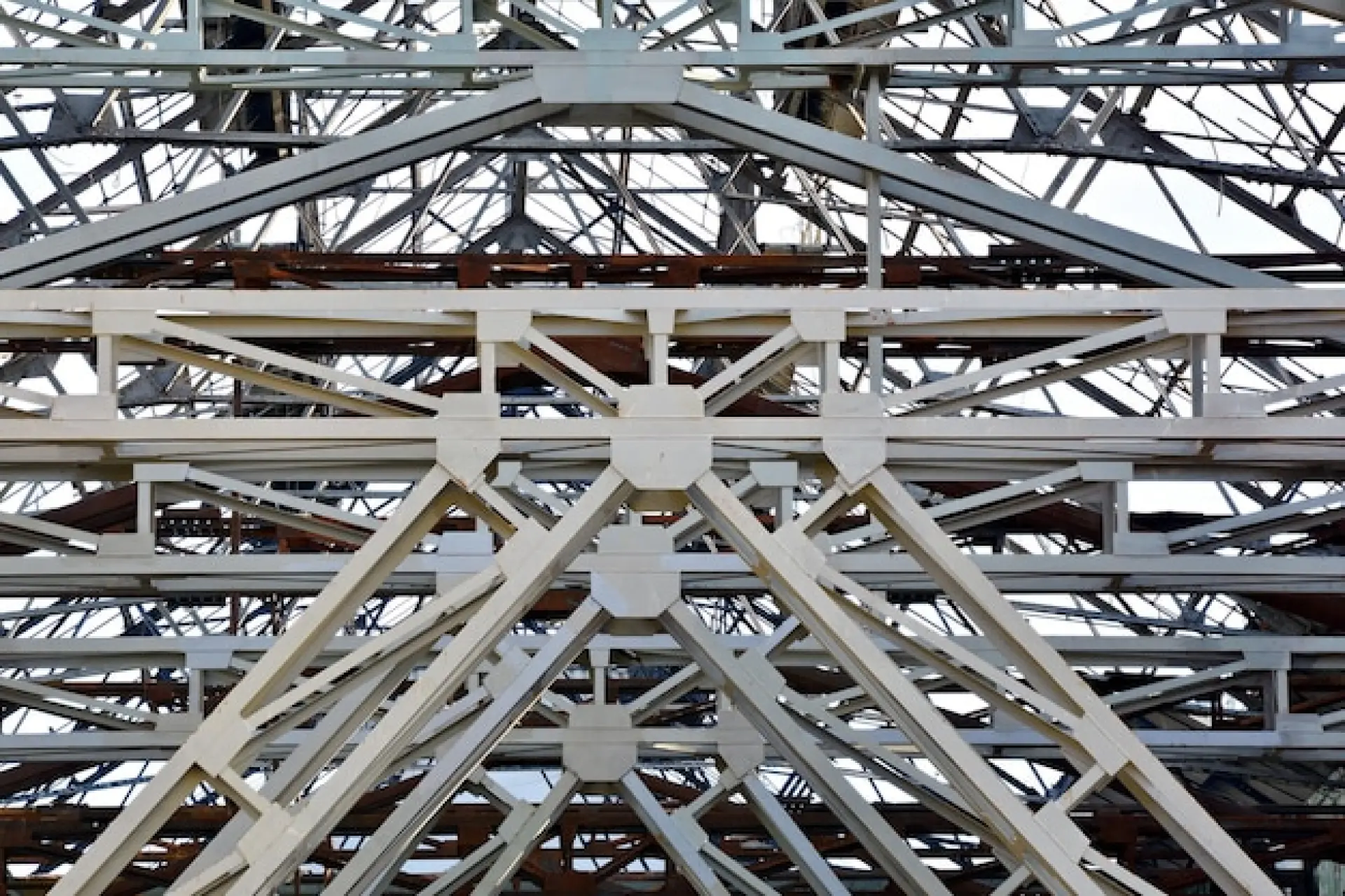
The design allows workers to access areas where supported scaffolding cannot be installed. It is commonly used in bridge construction, tall buildings, and areas with limited space.
Proper anchoring is crucial to maintain stability, and additional counterweights are often required to balance the structure. Due to its complexity, cantilever scaffolding requires skilled installation and regular safety checks.
One of the main advantages of cantilever scaffolding is its ability to provide unrestricted access to a building’s exterior without interfering with ground-level activities.
This is particularly useful in busy urban areas where pedestrian walkways, traffic, or existing structures make traditional scaffolding impractical. However, the installation process must be carefully planned, as incorrect weight distribution or inadequate support can lead to instability.
Single vs Double Scaffolding: Key Differences
Single scaffolding, also known as bricklayer’s scaffolding, consists of a single row of vertical posts placed near a building wall. It is commonly used for brickwork and lightweight construction projects. Horizontal ledgers connect the posts, supporting a working platform at various heights.
Double scaffolding, also called mason’s scaffolding, uses two rows of vertical supports for extra stability. This design is ideal for heavy-duty tasks, such as stone masonry, where additional support is needed.
Double scaffolding provides greater strength and durability, reducing the risk of movement or collapse. While single scaffolding is simpler to set up, double scaffolding offers enhanced security for more demanding commercial projects.
At Northampton Scaffolders, we offer a broad spectrum of scaffolding services for our customers in Northampton to hire. Our family-run business is fully qualified and has all the experience to deliver and install bespoke scaffolding and roofing covers. We complete scaffolding solutions for residential and commercial building projects.

